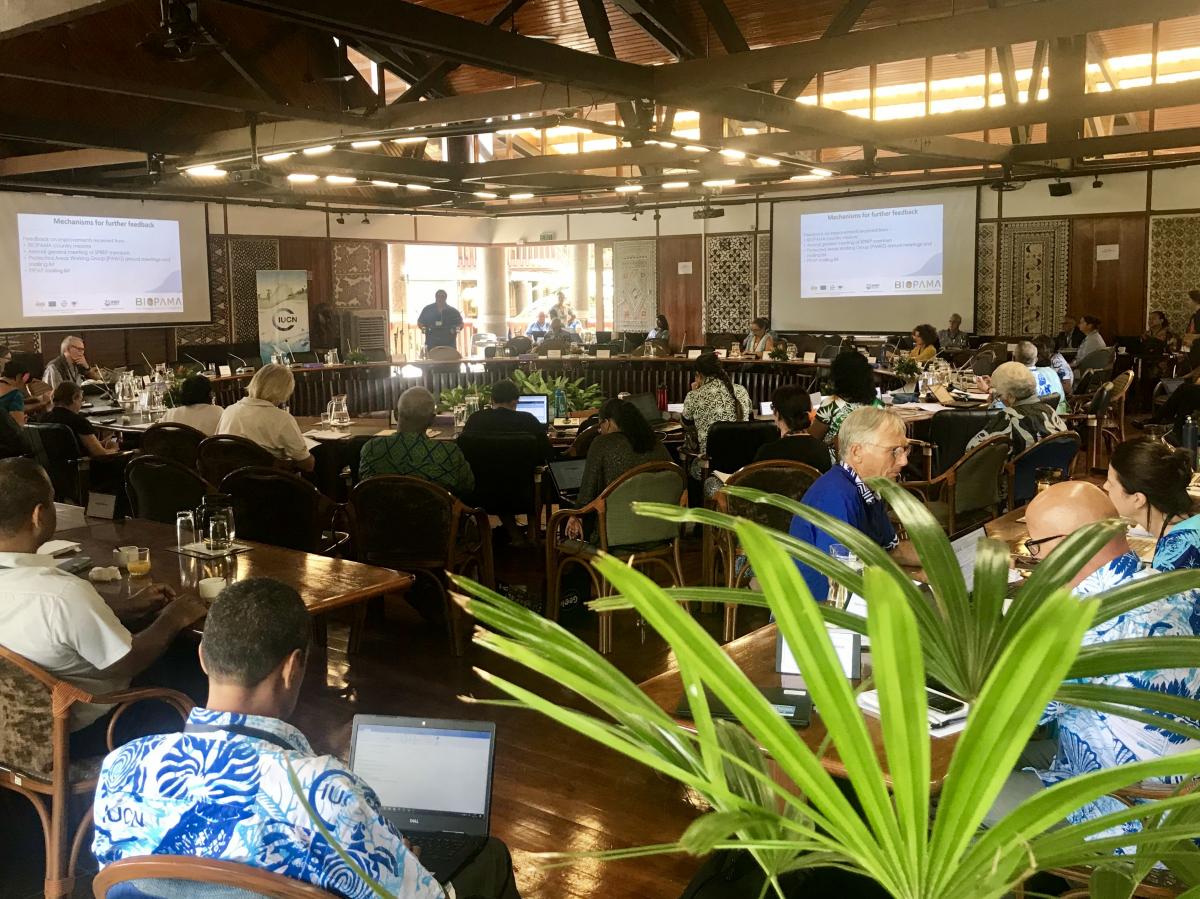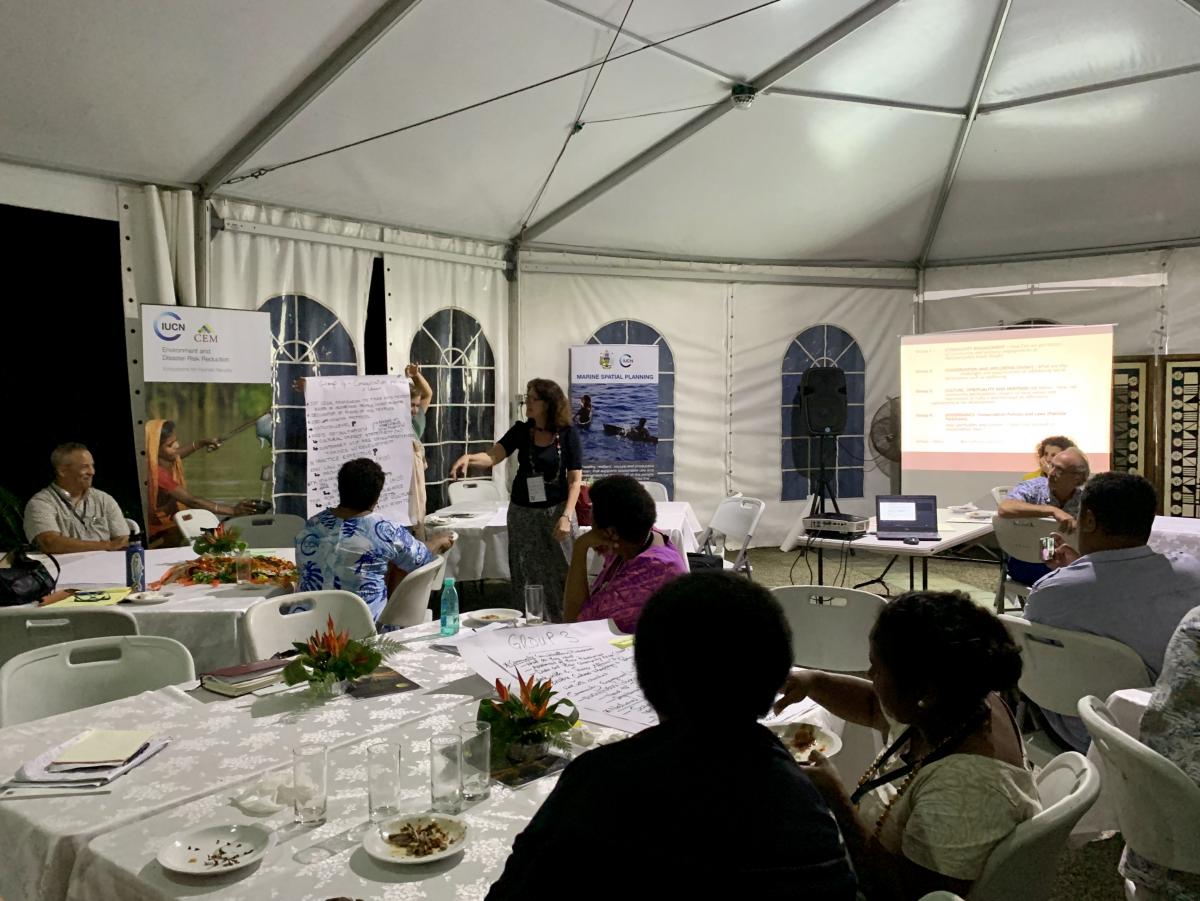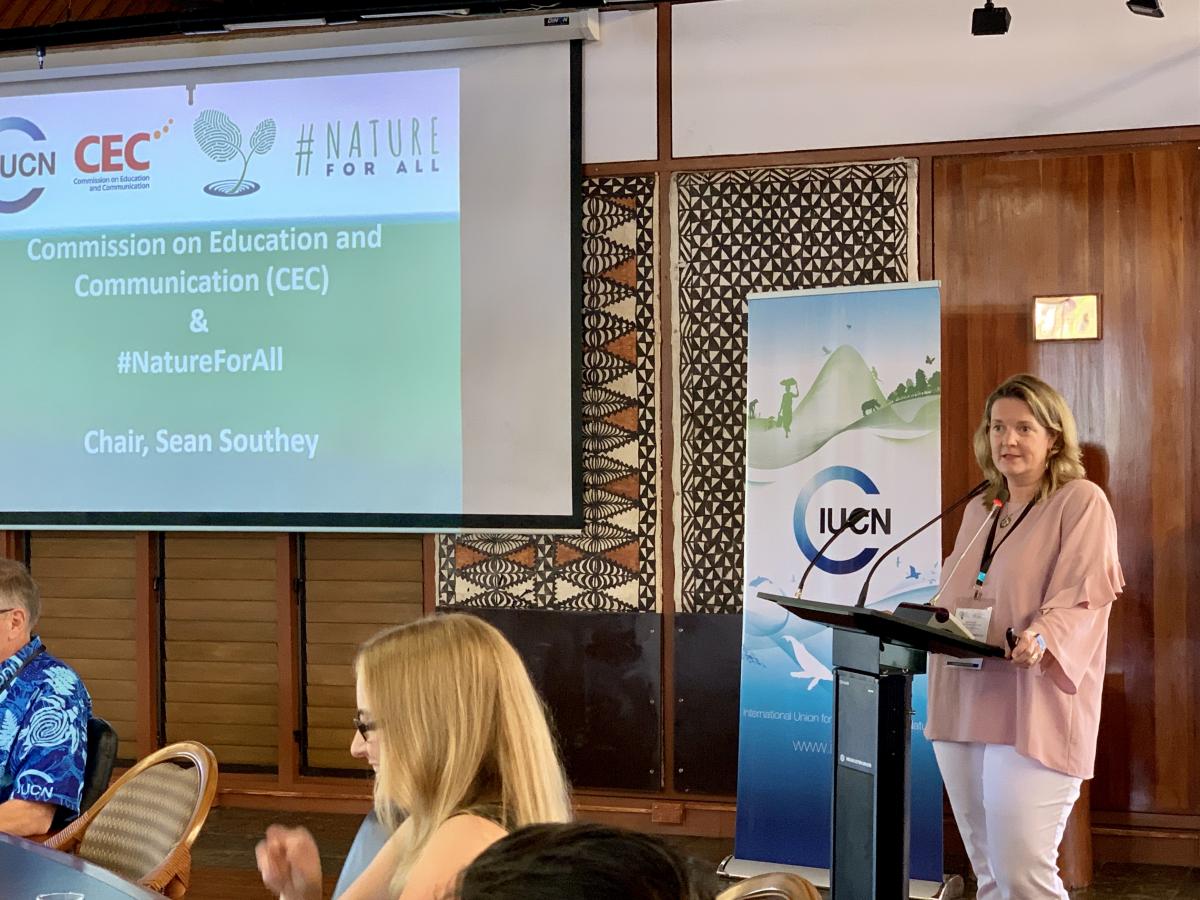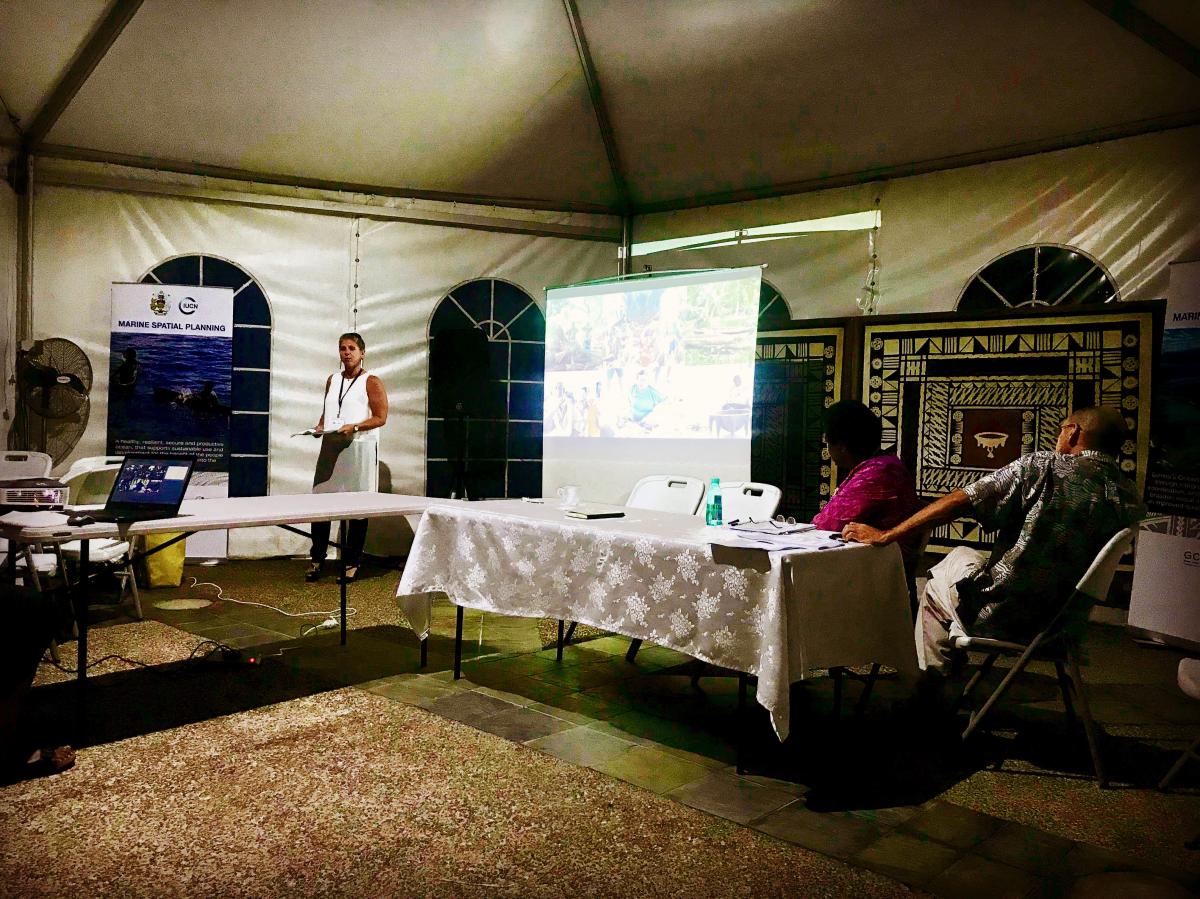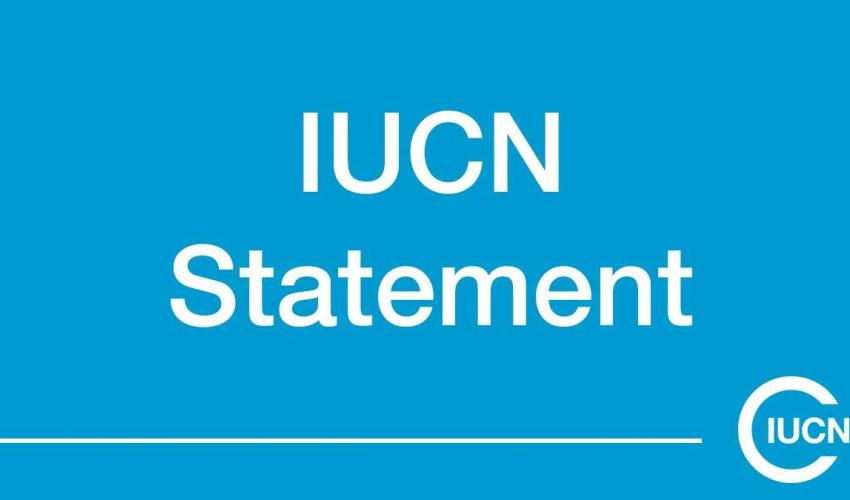IUCN Oceania Regional Conservation Forum Side-Event Makes a Case for Cultural Impact Assessment
By Patricia Parkinson - WCEL and CEESP members discussed the importance of cultural impact assessments as a critical tool for environmental planning at the IUCN Oceania Regional Conservation Forum.
The IUCN Oceania Regional Conservation Forum (RCF), held in Suva, Fiji from 29 July to 3 August, provided IUCN Members and Commission Members in Oceania a platform to receive progress reports on the implementation of the 2017-2020 Programme. It was also an opportunity for IUCN Members and IUCN Commissions in Oceania to prepare for the IUCN World Conservation Congress in Marseille, France in June 2020.
The Oceania RCF featured fourteen Talanoa* side events for IUCN Members, Commission Members, and Partners to present ongoing initiatives throughout Oceania that connect to the global IUCN Programme. On Tuesday, 30 July, members of the IUCN World Commission on Environmental Law (WCEL) and the IUCN Commission on Environmental, Economic and Social Policy (CEESP) were joined by other participants for a Talanoa on “Social development, governance and wellbeing in natural resource management and conservation”. During the event, participants were asked participants to consider how incorporating social development, well-being and governance values, and aspirations of communities, strengthens effective natural resources management and conservation practices.
CEESP Chair, Kristen Walker, and CEESP Oceania Co-Chair, Dr. Elise Huffer, discussed the need to integrate cultural heritage into policy frameworks. They highlighted the role of Pacific islanders in the IUCN Indigenous People Organisations (IPO) as well as the International Conference on Marine Biodiversity of Areas beyond National Jurisdiction.
Participants also heard from Hugh Govan from the Locally Managed Marine Areas (LMMA) Network, about community-based management of marine protected areas in Oceania; Dr. Lea Scherl from James Cook University, about nature conservation and development in the South Pacific Islands; Dr. Stacy Jupiter from the Wildlife Conservation Society, about socio-ecological indicators for conservation and well-being; and Adi Meretui Ratunabuabua from the Fiji Museum, about the need to further integrate cultural and natural heritage management in the Pacific.
During the break out session WCEL and CEESP members joined a discussion on conservation policies and laws that incorporate spirituality and cultural heritage. They recognized that there are several international instruments and multilateral agreements in place to safeguard the rights of indigenous peoples, including the United Nations Declaration of the Rights of Indigenous Peoples (UNDRIP) and the Convention for the Safeguarding of the Intangible Cultural Heritage. However, national legislation has failed to keep pace with the international community. In the Pacific, governments and communities still struggle to co-manage natural and cultural resources as demand for resources continues to increase.
Currently, the primary legal instrument that mandates consideration of spiritual and cultural resources is an environmental impact assessment (EIA). Many Pacific Island nations already require consideration of spiritual and cultural heritage resources as a component of an EIA. For example, in Fiji the Environmental Management Act mandates the recognition and consideration of the impact that the use of natural and physical resources may have on “the relationship of indigenous Fijians with their ancestral lands, waters, sites, sacred areas and other treasures” (s.3 (d)). However, there is still more that can be done. Legislation must further integrate into development and planning decisions (i.e., permitting). There is also a need to enforce existing legislation to protect community livelihoods.
One option, that has already been successful in New Zealand and Hawaii, is the requirement for a Cultural Impact Assessments (CIA) to accompany the EIA as part of the environmental planning approval process. CIAs can help bridge the management gap between natural and cultural heritage, and support environmental justice. In addition, CIAs are valuable instruments for mapping traditional knowledge and documenting spiritual and cultural practices and values.
WCEL and CEESP members plan to continue to engage in initiatives to promote the use of CIAs throughout Oceania and the world.
About the Author

Patricia Parkinson is a member of IUCN World Commission on Environmental Law (WCEL) and WCEL Specialist Group on Compliance and Enforcement. She is also a member of CEESP Oceania, the CEESP Specialist Group Indigenous Peoples, Customary, Environmental Law Human Rights, and the CEESP Working Group on Natural Resource Governance Framework. Patricia is a French and Australian national based in Fiji where she founded the Environmental Law Oceania Consultancy PTE LTD.
* Talanoa is a word used in Fiji and across the Pacific to reflect a process of inclusive, participatory and transparent dialogue, traditionally around a tanoa (kava bowl).
